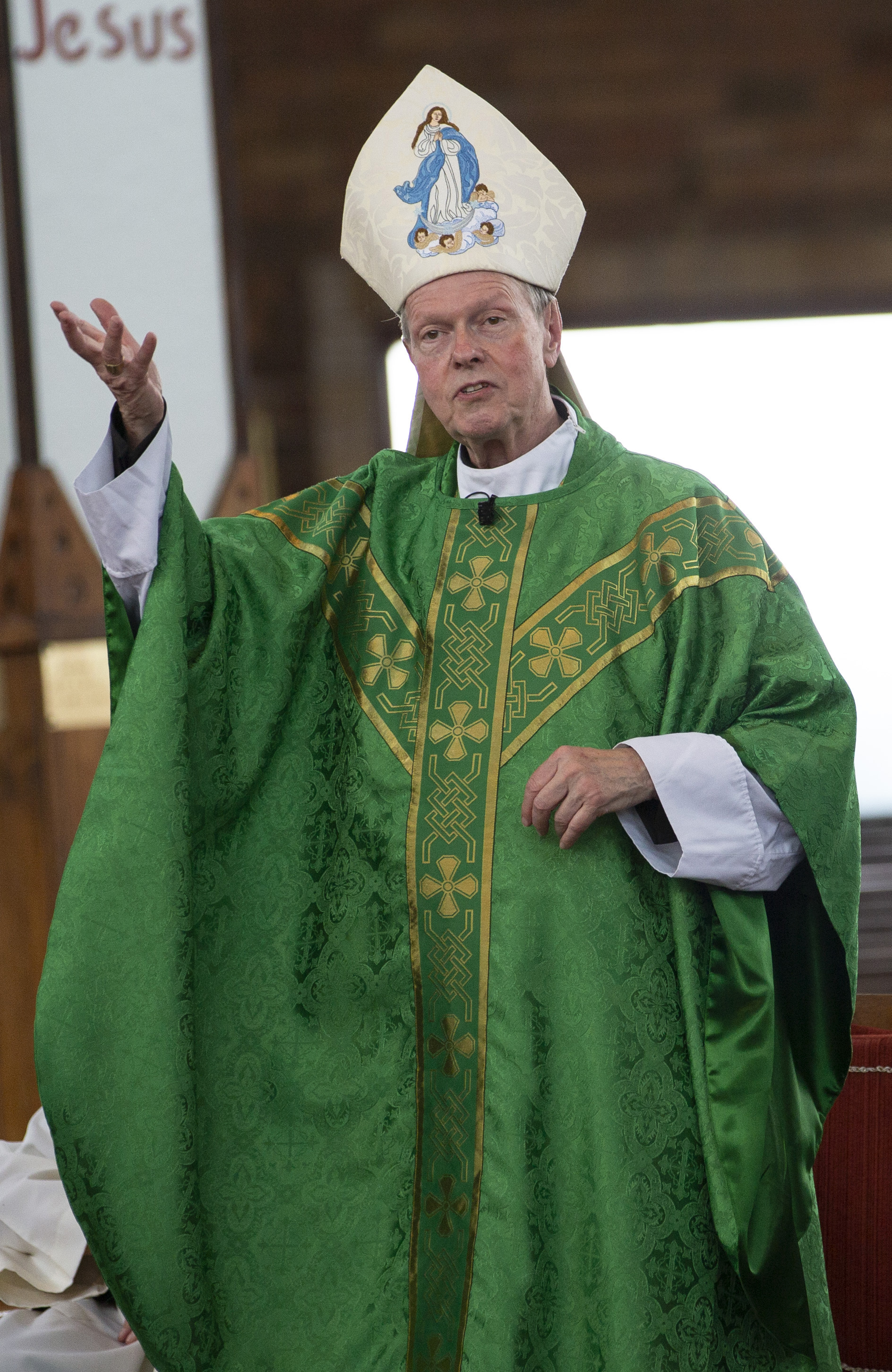October 5, 2022 at 3:11 p.m.
At no time is that inevitable cycle more obvious than during the autumn season, when we can look out our window and see the unbelievable beauty of trees on fire with reds and yellows and oranges. We stare in awe, knowing that this magnificence is only temporary and will be followed by a dying away, the starkness of barren limbs against a winter sky.
When I finished leading a retreat in the Adirondacks last month, I decided to end the weekend by squeezing in a paddle across the lake with a good friend. We have been spoiled in past years with herons taking off in flight before our eyes, loons floating alongside us, their calls beautiful and haunting, and even once an eagle soaring across the sky so fast we weren’t sure what we’d seen until after it was gone. Not to be outdone by the spectacular sights are the frogs hiding among the lilies, the tree that grows up out of a deep crack in a boulder, or the dragonflies that dart by and every now and then pause on the point of a kayak like a prayer with wings.
This last time, however, the one loon we saw was skittish, diving under the water and moving away from us. Eventually we saw splashing and heard a cry unlike any other. We paddled closer and saw the loon was in some sort of distress. We thought maybe he had something caught around his neck and headed back to land to find help.
What we learned was that this loon’s sibling had been found dead that morning. This was distress, indeed, just not the physical kind. My friend asked if I thought it was a bad sign, and I quickly said, No! Maybe too quickly, as though I didn’t want to consider it, because it was in the back of my mind. As I drove home, I found myself thinking about the “Canticle of Brother Sun and Sister Moon,” written by St. Francis of Assisi, whose feast we celebrate this month.
“Praised be You my Lord with all Your creatures, especially Sir Brother Sun, who is the day through whom You give us light,” the prayer begins, working its way through all the glories of our amazing world, from wind and water to fire and flowers. By the end we get to “Sister Death, from whom no one living can escape.”
Our world makes us think if we try hard enough, worry enough, we can keep the tally of “bad” things in our life on the low side, but we are not in control. There will always be seasons to mourn, just as there will always follow seasons to dance. Our job is not to look for ways to ward it off but to learn to surrender to what is rather than what we think should be.
When I paddled across that lake, I thought I should get something that would make my heart leap, a sight that would somehow seal the weekend as a success in a spectacular way. Instead, I was met by a mournful cry and the primitive ache of loss, reminding me that there is beauty even in the fading. Just look out the window, and watch the leaves let go.
Mary DeTurris Poust is a writer and retreat leader living in upstate New York. Visit her website at www.NotStrictlySpiritual.com.
SOCIAL MEDIA
OSV NEWS
- Washington Roundup: Supreme Court hears case on independent agencies; CDC abortion report delayed
- Emergency foodstuffs from Florida Catholics delivered to people in eastern Cuba
- Our Lady of Guadalupe transcends borders, brings us together, says Texas archbishop
- Illinois legalizes assisted suicide, despite outcry from bishops, pro-life advocates
- Under the mantle of Guadalupe: A miracle for a mother and her child
- Vigil outside ICE headquarters honors Our Lady of Guadalupe, offers prayers for immigrants
- San Jose bishop denounces ‘human swastika’ at local high school, calls for prayers
- Vatican’s 2025: Year brings new pope, renewed focus on unity, peace
- Intelligence agencies must protect human dignity always, pope says
- Films tell story of African American Catholics’ legacy, church’s ministry to Native Americans








Comments:
You must login to comment.